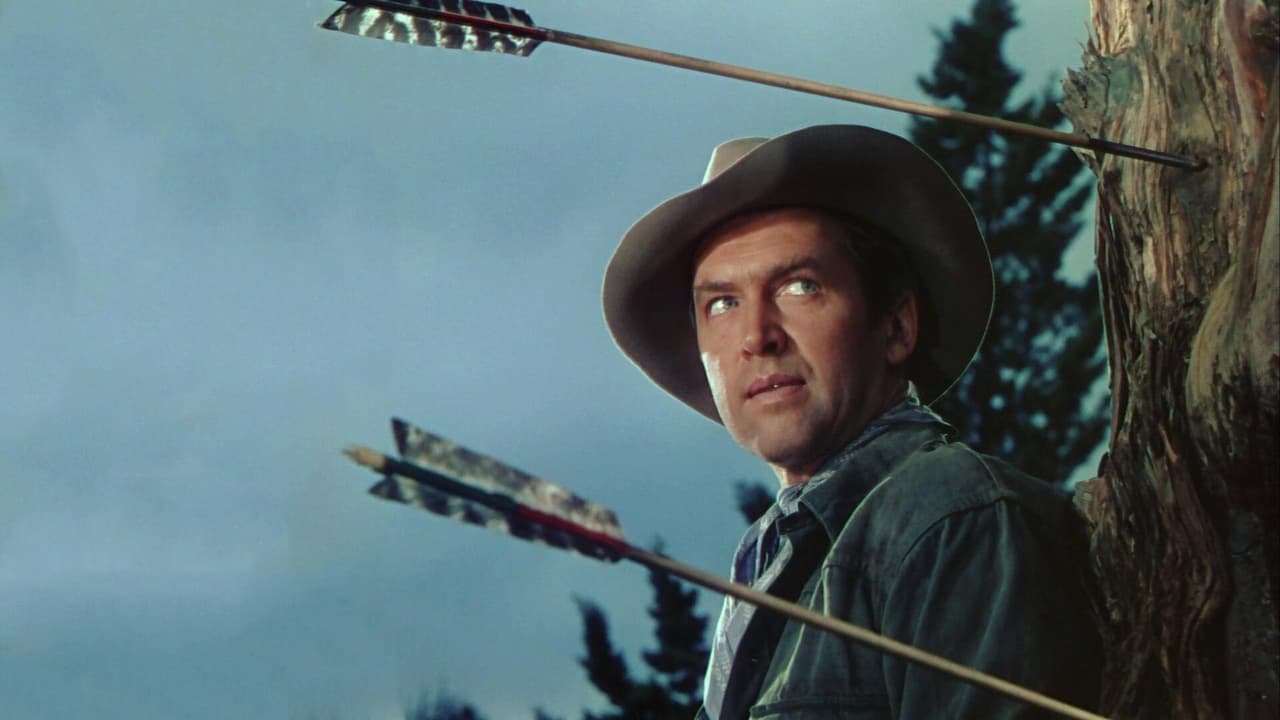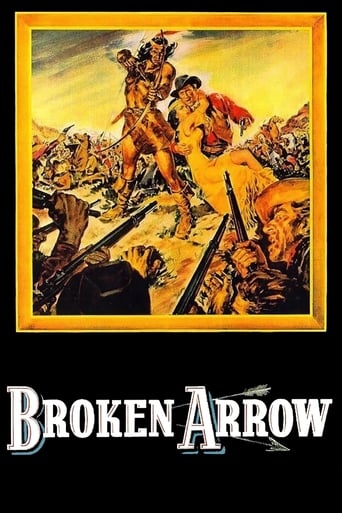



I love this movie so much
It's the kind of movie you'll want to see a second time with someone who hasn't seen it yet, to remember what it was like to watch it for the first time.
View MoreExcellent and certainly provocative... If nothing else, the film is a real conversation starter.
View MoreIt's simply great fun, a winsome film and an occasionally over-the-top luxury fantasy that never flags.
View MoreIt's no bad thing that serious students of Cinema will always have to deal with this as it represented a forward step in terms of the time (1950) in which it was made and the climate of the time. Seen for the first time in the second decade of the21st century when what may be called reverse ethnic cleansing has seen deification bestowed on everyone from Ghengis Khan to Hitler, Stalin, Papa Doc Duvalier, Uncle Tom Cobleigh and all we may well find nothing remarkable in a film that portrayed the Apache as a Human Being with a 'prick us, do we not bleed' point of view but in 1950 this was revolutionary. Albert Maltz - ironically blacklisted at the time - turned his screenplay over to the capable hands of Delmer Daves, James Stewart and Jeff Chandler, who treated it respectfully and wrought a fine movie out of it.
View MoreBroken Arrow is a bit of a precursor to Dances With Wolves and I don't mean that as a compliment. You've got your Indians being portrayed as human beings rather than savages. You've got whites portrayed as clueless bumblers and interlopers. You've got a pathetically painted white woman portraying the Indian love interest. You've got bad dialogue stiffly delivered. You've got narration for half-wits who can't follow the story. And you've got beautiful photography and exciting action sequences. Jimmy Stewart delivers his lines so indignantly and earnestly the words come across as a first-semester term paper from a co-ed at Arizona State University majoring in Southwest American studies. The love angle is cringe-worthy. I almost barfed when they kissed. If you want to learn about Arizona native tribes visit the Heard Museum in Phoenix. If you want to get an eyeful of Sonoma, go visit it in person because it's even more beautiful in real life than on film.
View MoreWhat a refreshing western! I'm not generally enamoured of the genre, but what really struck me in "Broken Arrow" was the portrayal of the Apache people. If you sit down to watch a western, you expect a pretty clear-cut black and white divide with no grey areas: the Americans are good and the "Indians" are bad. End of story. And yet, back in 1950, this movie was made in which the Apache are portrayed as an honourable people. The story pulls no punches - it doesn't shy away from noting that most of the problems between natives and settlers was caused by "the white man" and the Apache (and especially their leader Cochise) are quite willing to sit down and talk peace if they can find a white man they trust to do so with. That white man turns out to be Tom Jeffords, played by James Stewart.Stewart was very good in this role. Jeffords is not an innocent. As he makes clear he's been involved in battles with the Apache in the past, but somehow he comes to realize that there has to be a better way, and he sets out to arrange a small gesture that would show that peace was possible - he meets the great Apache chief Cochise (played by Jeff Chandler) and he convinces Cochise not to end the war, but just to let the US Mail through. That's all. Just a gesture. Cochise agrees, and as the movie portrays, the Apache adhere to the agreement scrupulously. Military convoys are still attacked, but mail carriers are allowed through unmolested. In the midst of it all, Jeffords meets a young Apache woman names Sonseeahray (Debra Paget) and falls in love with her, eventually marrying her - an inter-racial marriage that would have been difficult in 1870 when the movie was set, and probably would have still caused angst among some in 1950 when it was made!Stewart and Chandler were both very good in their roles. Obviously, Chandler was not an Apache but he somehow captured the essence of the character of Cochise and was believable in the role. Unfortunately, the same can't be said for Paget. Frankly, she just came across to me as a white actress whose skin had been bronzed in a weak attempt to make her look like an Apache. But the movie as a whole was very interesting. The producers made a real effort to portray Apache customs and rituals, and the choice to have everyone speak in normal English rather than having the Apache speak in broken English was welcome to me. The point was made near the beginning of the movie that in scenes involving the Apache, the language being spoken was really theirs, but it would be in English for the viewers. I thought this was a very good movie, quite progressive for its time in its portrayal of the Apache and their customs. (7/10)
View MoreTom Jeffords (James Stewart) is an enlightened white man who saves an Apache boy. He is pulled into the conflict between the Apaches and local white folks. He ends up trying to bring peace between the Apaches and the US government.Apaches leader Cochise and the rest of his people are portrayed as real people more or less even if they are being played by white actors. We're not completely enlightened yet. It's got a good message. There are good fight scenes and good acting. I do wish it was more realistic with a more gritty rougher feel but that may be asking too much. It is still a western from it's era. One of the good things is that not all the Indians are noble. Not all of them go along with peace. In that sense, it's more realistic.
View More